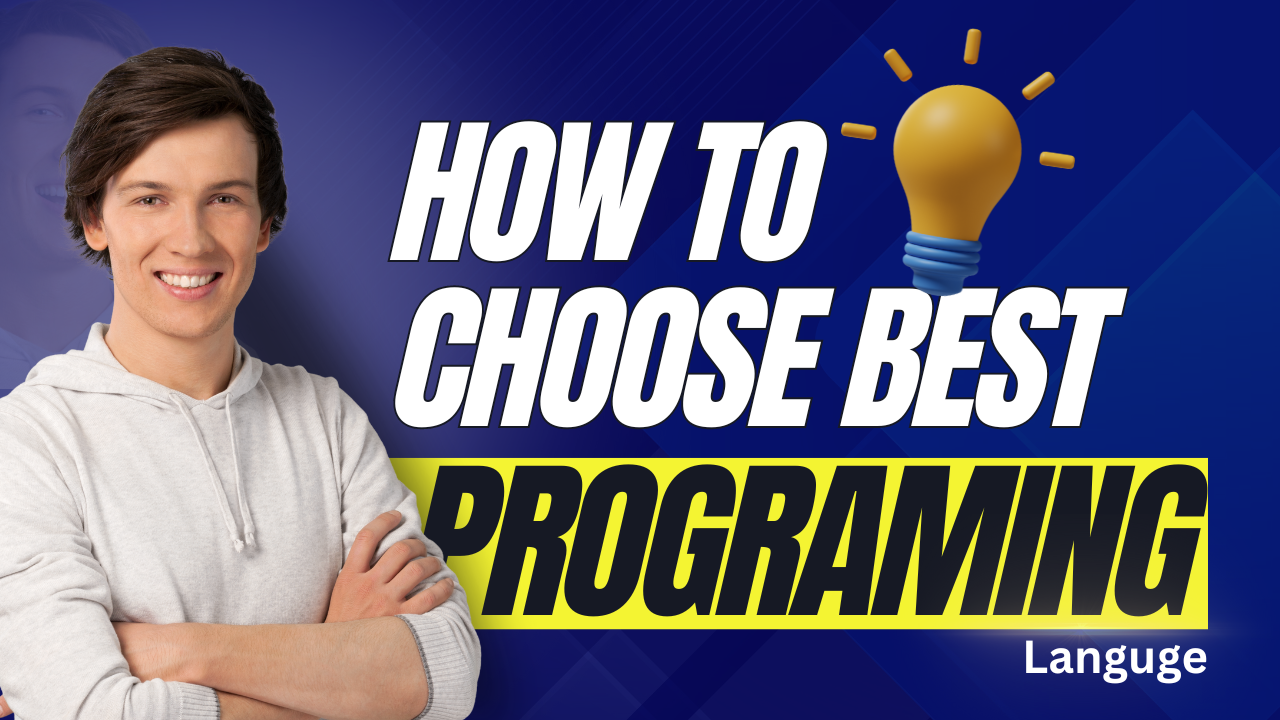This article helps beginners choose the best programming language by considering factors like learning curve, community support, job demand, and versatility. Popular beginner-friendly languages like Python, JavaScript, and Ruby are explored with examples and resources.
Introduction
Learning to code is one of the most valuable skills you can pick up today. Whether you're eyeing a career in tech, hoping to automate tasks, or just curious about how apps work, programming opens doors to endless possibilities. But, here's the catch: with so many languages out there, how do you know where to start? Choosing the right programming language as a beginner is crucial because it can either make or break your learning journey. In this article, we'll walk through how to pick the best programming language for beginners, covering key factors to consider and some of the most beginner-friendly options available.
Understanding the Basics of Programming Languages
Before diving into the different languages, it's essential to understand what programming languages are and how they work. Simply put, a programming language is a set of instructions that allows humans to communicate with computers and tell them what to do. These languages translate human logic into machine-readable code.
Types of Programming Languages
Programming languages can be broadly classified into two categories:
- High-level languages: These are closer to human language and easier to learn for beginners. Examples include Python, Java, and JavaScript.
- Low-level languages: These are closer to machine code and more complex. These include languages like Assembly or C, used for systems programming.
Most beginners start with high-level languages due to their simplicity and readability.
Factors to Consider When Choosing a Programming Language
Learning Curve
Some languages are easier to learn than others. Python, for instance, has a syntax that’s close to English, making it an ideal first language. Here's a simple Python snippet that prints a message:
print("Hello, World!")
If you're looking for Python tutorials, check out Python's official documentation.
Community Support
Having a large, active community can be a lifesaver when you're stuck or need help. Popular languages like Python, JavaScript, and Java have vast communities where you can easily find tutorials, forums, and advice. For example, websites like Stack Overflow are great for finding answers to coding questions.
Job Market Demand
If you're learning to code for a career, it's smart to consider what languages are in demand. JavaScript, Python, and Java consistently rank high in job postings. You can check Indeed's job trends to see which programming languages are currently in demand.
Versatility and Applicability
Some languages are more versatile than others. Python, for example, is used in everything from web development to AI and data science. Here's an example of how Python can be used for basic data analysis:
# Python code for data analysis
import pandas as pd
data = {'Name': ['Alice', 'Bob', 'Charlie'],
'Age': [24, 27, 22]}
df = pd.DataFrame(data)
print(df)Python libraries like Pandas make it great for handling data.
Popularity and Trends
It can be helpful to choose a language that’s currently popular. Not only will this make it easier to find resources and support, but learning a language that’s in high demand will also enhance your job prospects. For an up-to-date ranking of programming languages, visit TIOBE's Index.
Top Programming Languages for Beginners
Python: The All-Around Beginner’s Favorite
Python is the go-to language for most beginners, and for a good reason. Its syntax is simple and readable, and it emphasizes code readability. Here's an example of a basic Python function:
def greet(name):
return f"Hello, {name}"
print(greet("Alice"))Learn more about Python at Python's official site.
JavaScript: The Language of the Web
If you’re interested in building websites, JavaScript is a must-learn language. Here's a simple JavaScript snippet to display a message in a web browser:
<!DOCTYPE html>
<html>
<body>
<script>
alert("Hello, Web!");
</script>
</body>
</html>
ou can experiment with JavaScript directly in your browser using JSFiddle.
Ruby: The Friendly and Flexible Language
Ruby's syntax is designed to be natural and easy to understand. Here's a simple Ruby example:
puts "Hello, World!"Learn more about Ruby at Ruby's official site.
How to Decide Which Language is Best for You
Choosing the best language depends on your goals. Are you interested in web development? Try JavaScript or Python. Want to build mobile apps? Go for Swift or Java. If you’re into gaming, C# and Unity might be your best bet. The key is to start with one language and build a solid foundation. You can always branch out later.
Resources for Learning Programming Languages
Here are some resources to get you started:
- Online tutorials: Websites like Codecademy, freeCodeCamp, and Udemy offer both free and paid courses.
- Books: Titles like “Python Crash Course” or “Eloquent JavaScript” are great for beginners.
- Coding bootcamps: These intensive programs, like those from Le Wagon or General Assembly, are designed to take you from zero to job-ready in just a few months.
Conclusion
Choosing the best programming language for beginners can seem overwhelming, but it doesn't have to be. By considering factors like your goals, the learning curve, and the community around a language, you can make an informed decision. Whether you choose Python for its simplicity, JavaScript for its web capabilities, or Scratch for a fun introduction to coding, the important thing is to start coding and stick with it.
<!DOCTYPE html>
<html>
<body>
<script>
alert('Hello, Web!');
</script>
</body>
</html>



0 Comments
Post a Comment